SUMMARY
This is AI generated summarization, which may have errors. For context, always refer to the full article.
MANILA, Philippines — The message of the #NewUAAPRule is crystal clear:
“Here in the UAAP, we prioritize protecting the interests of our sports programs over upholding the interests of our student-athletes.”
 It’s bad enough that the league actually has a “Soc Rivera” rule to discourage student-athletes from choosing the school/program they really want. Now the members of the UAAP Amendments Board, along with those who voted in favor of the proposed amendments, actually found a way to make an already bad rule even worse.
It’s bad enough that the league actually has a “Soc Rivera” rule to discourage student-athletes from choosing the school/program they really want. Now the members of the UAAP Amendments Board, along with those who voted in favor of the proposed amendments, actually found a way to make an already bad rule even worse.
Imagine these scenarios
We all know the saying about not fixing something that isn’t broken right? Well, my golly, this time we have a real world example of something broken made even more… absurd.
Imagine:
You graduate from a UAAP HS. You transfer to another UAAP institution because you want to be an architect, and architecture is not offered in your old school’s university. You decide to try out for your new school’s judo team because you were a pretty good judoka back in HS. Also, the prospect of an athletic scholarship would really help. The coach is impressed, but then he tells you he cannot get you because you came from another UAAP school. He wants to prioritize students who can compete right now. He gets someone who graduated from an NCAA HS instead. The scholarship goes to him, too.
Or this:
You graduate from a UAAP HS. You were a pretty decent football player in your old school, but you certainly won’t crack the roster of the Seniors team because, well, there are just too many other players who are better than you at the same position. The coach of a rival UAAP school gets in touch with you and says there might be a slot in that school’s Seniors team instead. Of course, you won’t be the star player of that team, but you take the “offer” because at least there’s a chance to actually make the final roster. The #NewUAAPRule is fine with you because, well, you’re just patient like that. In the two years you sit out, the school manages to land new recruits from elsewhere who are even better than you at, again, the same position – guys who are younger and more talented. You end up not playing at all. Your potential is unfulfilled.
Or this:
You’re a really talented volleyball player from the provinces who was recruited to play for a high school in Metro Manila. During your stint in the Juniors division, you play against great athletes and meet some of the most renowned coaches in the sport. You hope that, someday, you can play alongside these greats. You graduate from a UAAP HS. Because you’re such a great talent, several other UAAP schools try to recruit you for the Seniors division. Some of these schools employ the coaches you admired, and some of these schools are home to the players with whom you’ve always wanted to be teammates. Ironically, now that you’ve graduated, now that you’re supposed to feel the most free, you feel like you’re forced to stay put because of the two years you’ll miss.
Or this:
You graduate from a UAAP HS… oh, wait. I think the point has been made – this amendment to the Soc Rivera rule (are we going to dub it Soc Rivera 2.0 now, or the Jerie Pingoy rule?) can go wrong in so many ways and on so many levels.
Selfishness and bitterness
And because of what? Because the UAAP and some of its member schools are infected with the twisted mindset that is the driving force behind this new rule.
What mindset?
Two words.
Selfishness and bitterness.
In the UAAP, it seems like a school is supposed to look at its student-athletes the same way an investor looks at his mutual funds or stocks. A school finds a student, sees athletic potential, recruits him, and lets him play in the UAAP. At some point in this process, perhaps with the student not even realizing it, the school feels as if it owns the rights to its perceived “investment.” It has to yield dividends, and it has to be the school that will benefit no matter what.
See what’s twisted there?
In the UAAP, when a school’s Juniors program successfully graduates its players, the expectation is not for the students to make choices they feel are best for themselves, but for the students to make just one choice – to join the same school’s Seniors program. Nothing else.
See what’s twisted there?
In case you’re having difficulty seeing the wrinkles in that kind of set-up, let me try to clarify things. Now, just to make sure you know where I’m coming from, know that I’ve been teaching full-time for TEN years, and that I am the moderator/coach of a sports club/team in a UAAP school.
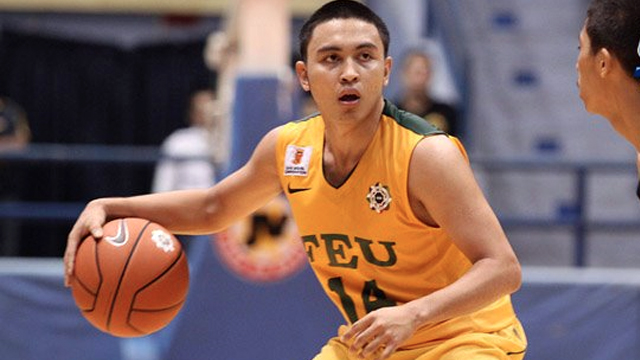
Breeding ground for national athletes
As far as my research has uncovered, the UAAP is supposed “to provide the UAAP athletes a venue to hone their athletic prowess” – as mentioned on uaapsports.studio23.tv. The same site also expresses how the league “serves as a breeding ground for national athletes.”
Nowhere in those lines can there be found any indication of protecting school sports programs as the primary priority. If we consider these two important lines, we should come up with a singular conclusion – that, by and large, the UAAP and its member schools must provide opportunities for its student-athletes’ talents to be maximized. The priority should be the student-athletes. NOT the programs.
And, no, don’t even start with the infinitely flawed “oh but the sports programs ARE the student-athletes” notion.
As for the schools themselves, well, I’ve always operated under the impression that a school’s primary mandate is to hone and prepare its students to make the best life choices in the future, even if one of those life choices is leaving one school and going to another.
In the context of student-athletes and sports programs, schools are supposed to use sports programs as opportunities for student-athletes to sharpen their skills and to push each other to excel. Sports programs are means to an end, and that end should be composed of sportsmanship and teamwork.
Not selfishness and bitterness.
Not all schools are the same
Now just to reiterate, I’ve always believed that the Soc Rivera rule was something fueled by this twisted mindset. The only silver lining was that the “old school” could choose to clear its graduates and, therefore, waive the one-year residency. This was actually more the norm than the exception, at least as far as I can recall.
When Jeric Fortuna moved to UST and when Gwynne Capacio moved to Ateneo, De La Salle-Zobel didn’t force them to sit their freshman year (Capacio didn’t play his first year because he was on the RP-Youth squad). When Mike Gamboa and Paolo Romero went to UP (first year of the Soc Rivera rule in Gamboa’s case), and Paulo Pe moved to UST, Ateneo cleared them. Ditto when Mark Juruena moved from Adamson to UP and when Jovet Mendoza went to DLSU from NU. I’m sure many similar things happened in the other sports, too.
Not all schools are driven by selfishness and bitterness after all.
Another irony is it seems like it’s these schools that were put in the negative light.
“Some schools, whether you like it or not, two years talaga. Pero ‘yung ibang eskwela, one year. Nagiging subjective tuloy ‘yung pag-rerelease ng athlete,” Henry Atayde of DLSU said.
Now the UAAP has not only taken out the ability for a high school to clear its graduates, it also doubled the residency period.
‘We wanted it to be uniform’
And why?
“We wanted it to be uniform,” said NU’s Junel Baculi.
It’s a shallow reason that fails to justify a flawed rule.
Oh well, at least some members in the UAAP Board admit that there are still many things left to discuss before the rule is fully finalized and implemented.
“I can’t say it’s really final because the year isn’t over and any rule change that will be amended in Season 75 will take effect in Season 76. Season 75 isn’t over yet,” said UAAP Amendments Committee Head Em Fernandez of Ateneo.
Ironically (yes, there are just so many ironies with this issue!), Fernandez’s Ateneo was one of the schools that did not vote in favor of the amendments. UP was the other one.
“May proseso ‘yan. Inapprove na ‘yan ng board pero masyado pang maraming concerns and loopholes na hindi napag-uusapan,” Atayde commented. “Members of the UAAP board and the amendments committee still have to draft different guidelines and IRR because it has a lot of different intricacies.”
Methinks they pulled the trigger a little too quickly on this one, and they’re seeing the possible adverse repercussions only now.
Tsk tsk.
Repercussions
I only hope that the UAAP member schools who voted in favor of this unfavorable rule will be enlightened. I hope they will remember what the UAAP is truly for, and whose rights a school is supposed to uphold in the first place.
And, yeah, it would do well for them to listen to a Senator of the Philippine Republic, too.
Just a couple of possible repercussions:
1) Recruitment will happen earlier and much more rampantly. Grade 5 pa lang nirerecruit na.
2) HS stars might drop out of UAAP schools, matriculate in non-UAAP schools and then go to their UAAP college of choice afterwards.
Where to now, UAAP? – Rappler.com
Add a comment
How does this make you feel?
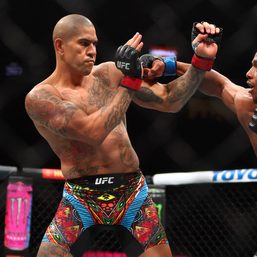
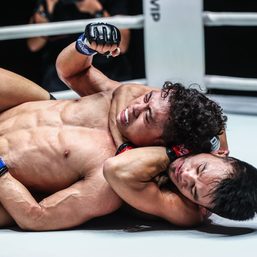
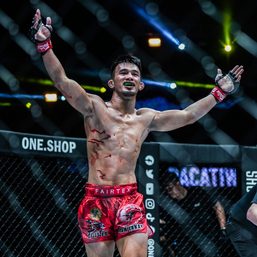
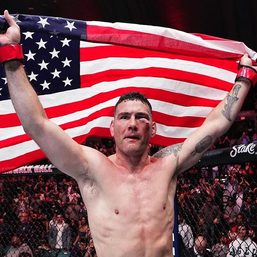
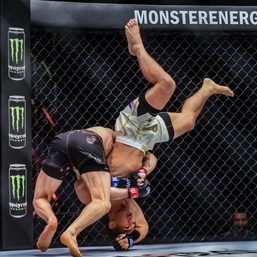
There are no comments yet. Add your comment to start the conversation.